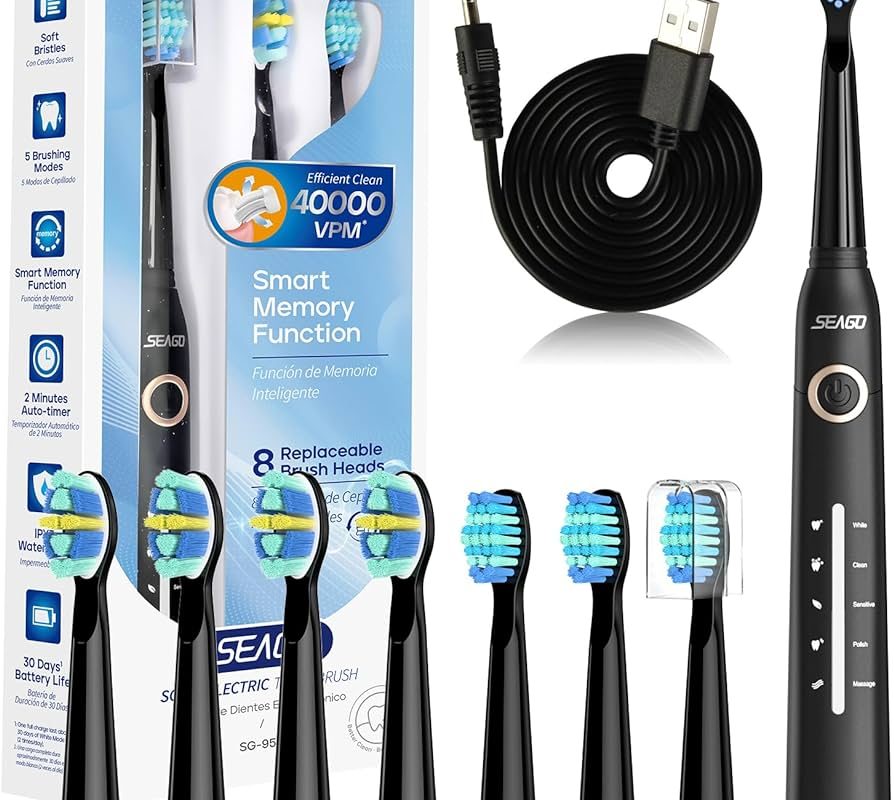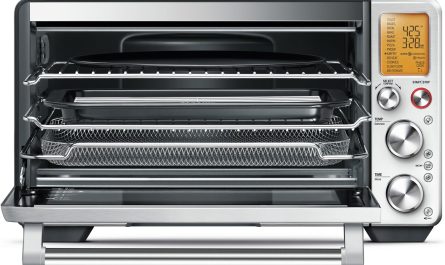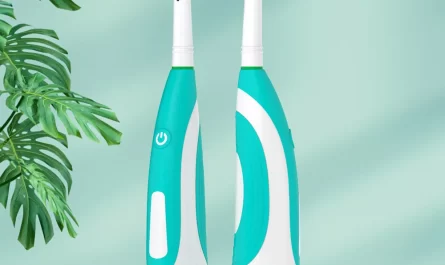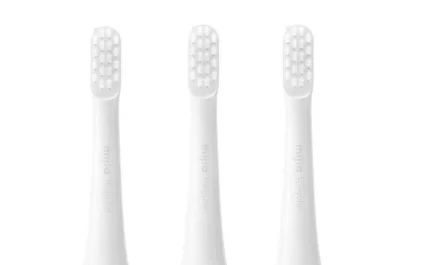Introduction:
Maintaining proper oral hygiene is crucial for overall dental health, and brushing plays a significant role in plaque removal. Electric toothbrushes have gained popularity for their ability to provide efficient and effective oral care. However, some individuals may question whether electric toothbrushes truly remove plaque as effectively as traditional manual toothbrushes. In this guide, we will explore the effectiveness of electric toothbrushes in plaque removal, examining the benefits, scientific evidence, and considerations for incorporating electric toothbrushes into your oral hygiene routine.
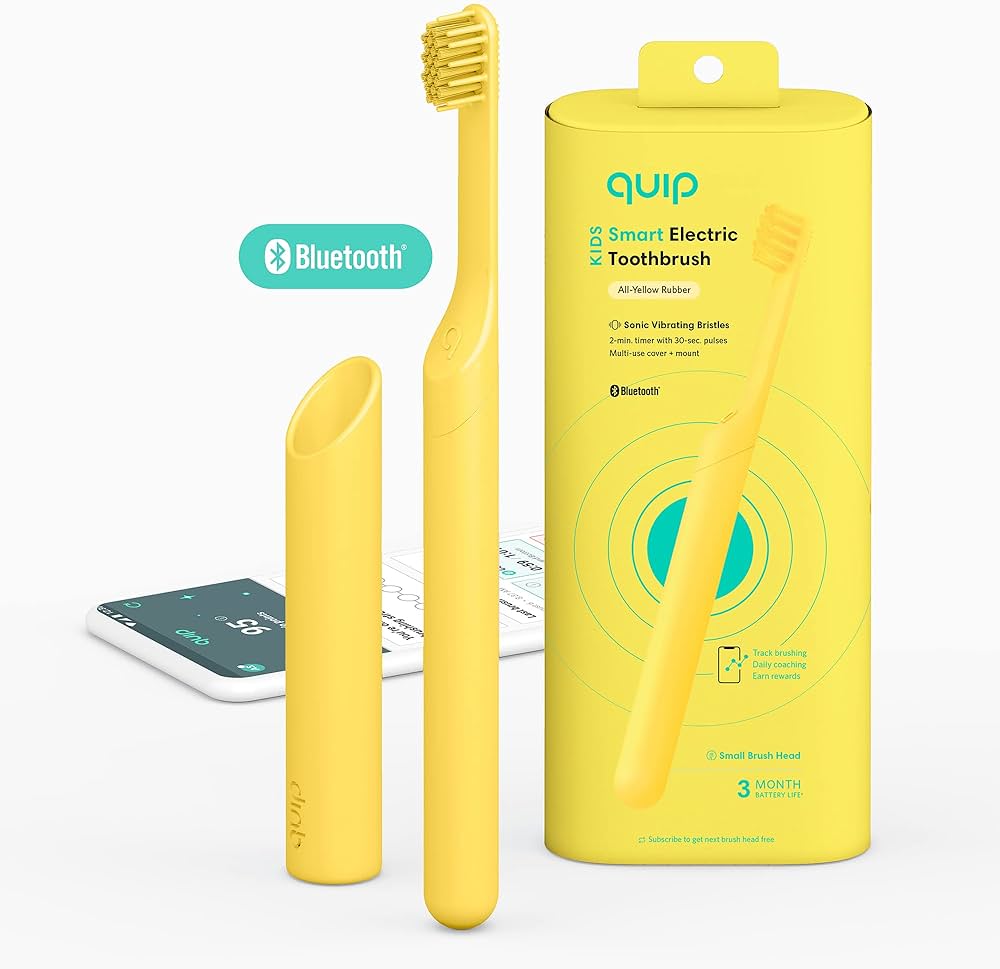
Do electric toothbrushes really remove plaque?
Understanding Plaque:
Plaque is a sticky film of bacteria that forms on teeth and gums throughout the day. If not adequately removed, plaque can lead to dental problems such as tooth decay, gum disease, and bad breath. Regular and effective plaque removal is essential to maintain optimal oral health.
Manual vs. Electric Toothbrushes:
Both manual and electric toothbrushes can effectively remove plaque when used correctly. The key difference lies in the mechanism of brushing. Manual toothbrushes rely on the brushing technique and manual dexterity of the user, while electric toothbrushes use motorized bristle movements to assist in plaque removal.
Benefits of Electric Toothbrushes for Plaque Removal:
Electric toothbrushes offer several advantages that contribute to effective plaque removal:
a) Oscillating, rotating, or sonic movements: Many electric toothbrushes utilize oscillating, rotating, or sonic movements to clean the teeth and gums. These movements can help dislodge and remove plaque more efficiently compared to manual brushing.
b) Consistent and controlled motions: Electric toothbrushes provide consistent and controlled brush head movements, ensuring that each tooth surface and the gum line receive thorough and even cleaning.
c) Timer and pressure sensors: Some electric toothbrushes come with built-in timers and pressure sensors. Timers prompt users to brush for the recommended two minutes, and pressure sensors alert when excessive force is applied, preventing potential gum irritation and enamel wear.
d) Ease of use: Electric toothbrushes can be particularly beneficial for individuals with limited dexterity or those who have difficulty using a manual toothbrush effectively.
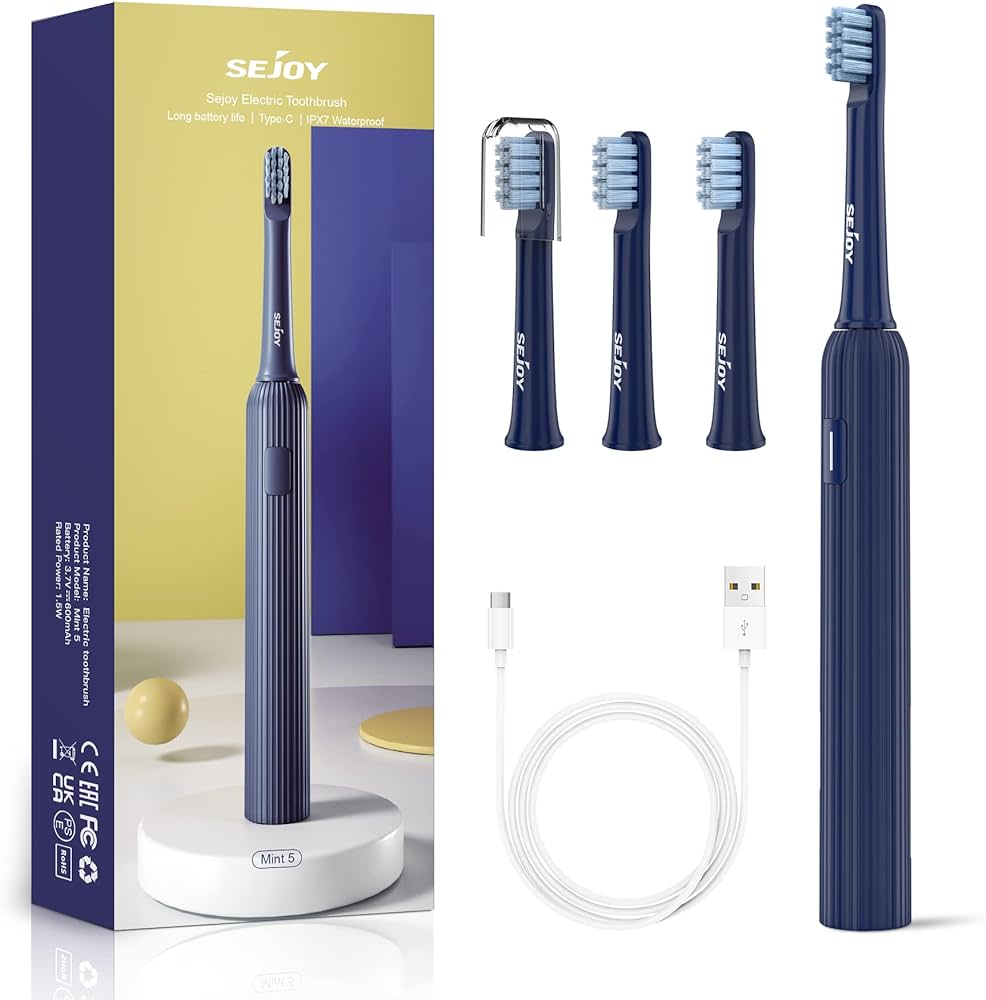
Scientific Evidence on Electric Toothbrushes:
Numerous studies have investigated the effectiveness of electric toothbrushes in plaque removal. Some key findings include:
a) Plaque reduction: Several studies have shown that electric toothbrushes are more effective at reducing plaque compared to manual toothbrushes. Research published in the Journal of Clinical Dentistry concluded that electric toothbrushes demonstrated significant reductions in plaque levels when compared to manual toothbrushes.
b) Gum health: Electric toothbrushes have also been found to improve gum health. A study published in the Journal of Clinical Periodontology reported that electric toothbrushes were more effective at reducing gingival inflammation and bleeding compared to manual toothbrushes.
c) Hard-to-reach areas: Electric toothbrushes can effectively clean hard-to-reach areas, such as the back molars or areas around orthodontic appliances or dental restorations. This is beneficial for individuals who may have difficulty accessing these areas with a manual toothbrush.
d) Comparative effectiveness: A review published in the Cochrane Database of Systematic Reviews analyzed various studies and found that electric toothbrushes consistently showed a moderate reduction in plaque and gingivitis compared to manual toothbrushes.
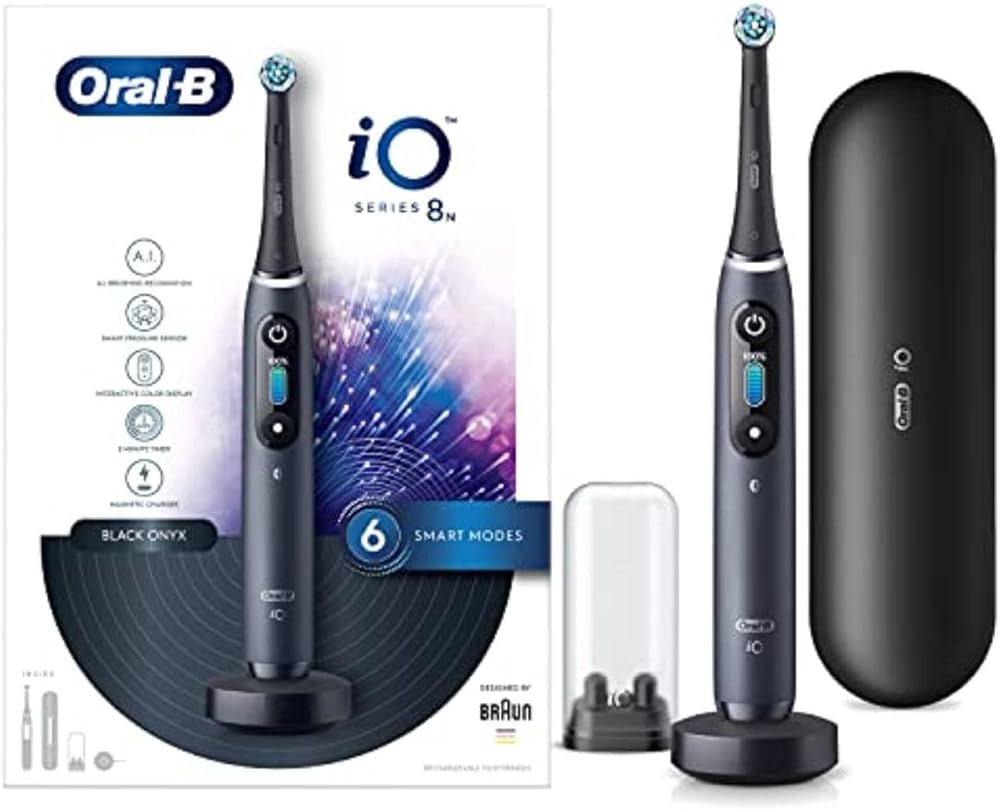
Considerations for Effective Plaque Removal:
While electric toothbrushes have proven to be effective in plaque removal, several considerations contribute to their optimal performance:
a) Proper technique: Regardless of the type of toothbrush used, proper brushing technique is essential. Hold the electric toothbrush at a 45-degree angle towards the gum line, apply gentle pressure, and use small circular or vibrating motions to cover all tooth surfaces and the gum line.
b) Brush head replacement: Replace the brush head of your electric toothbrush every three to four months, or sooner if the bristles become frayed or worn out. A worn-out brush head is less effective at removing plaque and can harbor bacteria.
c) Individual needs: Different individuals may have unique oral health concerns. Consult your dentist to determine if an electric toothbrush is suitable for your specific needs, such as addressing orthodontic appliances, dental restorations, or gum disease.
d) Power source: Ensure that your electric toothbrush is adequately charged or has fresh batteries to maintain optimal brush head movements for effective plaque removal.
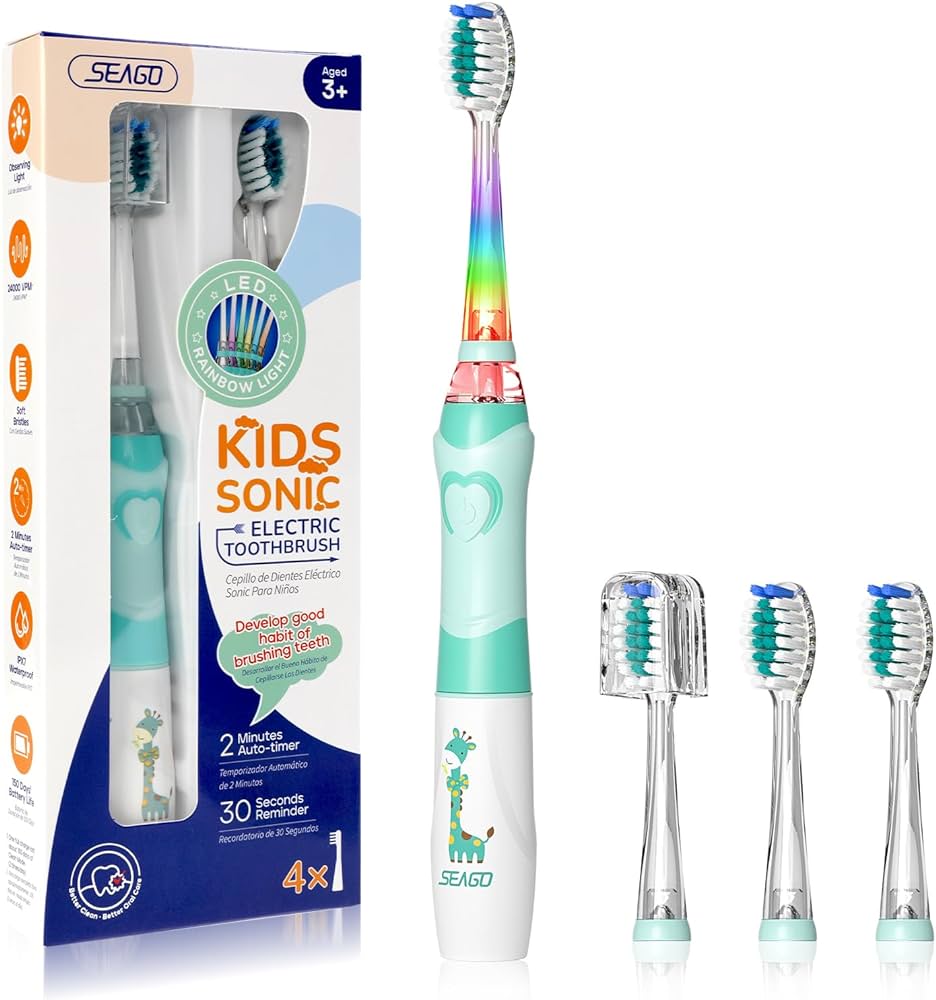
Combining Electric Toothbrushes with Manual Techniques:
Electric toothbrushes can be complemented with additional oral hygiene practices to maximize plaque removal:
a) Dental flossing: Regular flossing helps remove plaque from between teeth and along the gum line, where toothbrush bristles may not reach as effectively.
b) Tongue cleaning: Cleaning the tongue with a tongue scraper or toothbrush can remove bacteria and debris, further enhancing oral hygiene.
c) Mouthwash use: Incorporating an antimicrobial mouthwash into your routine can help reduce plaque and bacteria in areas that are difficult to reach with a toothbrush or floss.
Regular Dental Check-ups:
While electric toothbrushes are effective tools for plaque removal, regular dental check-ups and professional cleanings are still essential. Dental professionals can identify and address any plaque buildup, tartar, or oral health issues that may require additional treatment.
Addressing Individual Factors:
It is important to consider individual factors that may impact the effectiveness of electric toothbrushes in plaque removal:
a) Personal technique: Each individual may have their own brushing technique, which can influence the effectiveness of plaque removal. Take the time to learn and practice proper brushing technique to maximize the benefits of using an electric toothbrush.
b) Oral health conditions: Certain oral health conditions, such as gum disease or tooth sensitivity, may require specific brushing techniques or adjustments. Consult with your dentist to ensure that your electric toothbrush usage aligns with your specific oral health needs.
c) Compliance and consistency: Consistency in using the electric toothbrush as recommended is crucial for effective plaque removal. Ensure that you are using the electric toothbrush at least twice a day for the recommended duration to achieve optimal results.
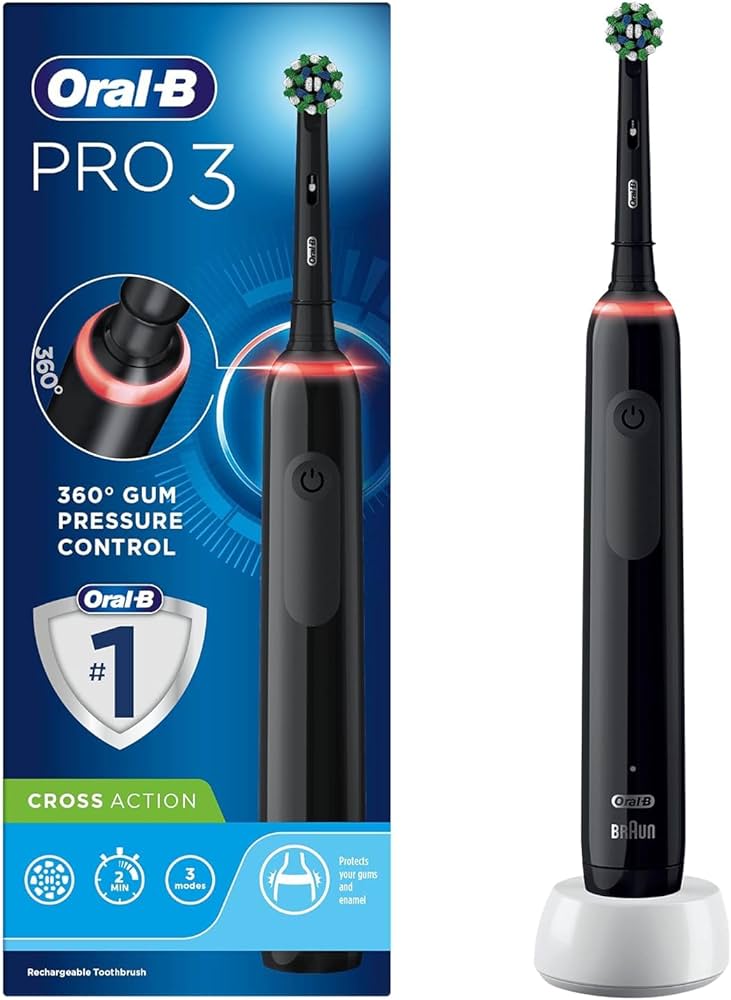
Conclusion:
Electric toothbrushes have proven to be effective in removing plaque and improving oral health. Their oscillating, rotating, or sonic movements, consistent brush head motions, and additional features such as timers and pressure sensors contribute to their effectiveness. Scientific studies have consistently shown that electric toothbrushes are more efficient at plaque removal compared to manual toothbrushes. However, it is crucial to use proper brushing technique, replace brush heads regularly, and consult with dental professionals for personalized oral health recommendations. Combining electric toothbrushes with manual techniques like flossing, tongue cleaning, and mouthwash use further enhances plaque removal. Remember to maintain regular dental check-ups and professional cleanings to ensure optimal oral health. By incorporating an electric toothbrush into your oral hygiene routine and following proper techniques and guidelines, you can effectively remove plaque and maintain a healthy and clean smile.

